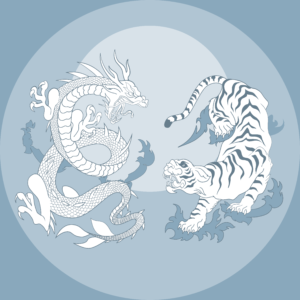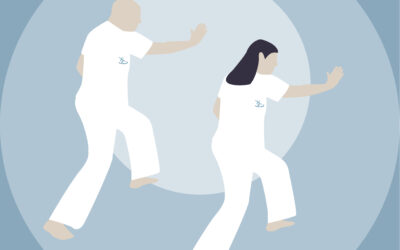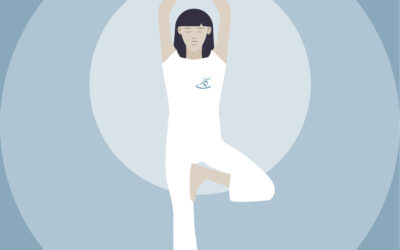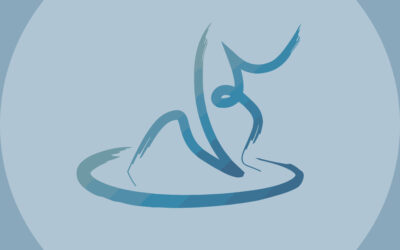Contextualising Washindo, Taichi, Karate, and some other Free-Moving Martial Arts
In the diverse landscape of martial arts, styles are often categorized by their approach to movement, energy utilization, and philosophical foundations. Among these, Taichi (Tai Chi) represents a flowing, continuous movement, while traditional Karate exemplifies structure and explosive power. Yet beneath these apparent differences lie fascinating connections and shared principles that become more evident as practitioners deepen their understanding.
This article explores the common attributes of other free-moving martial arts, with special attention to how Karate fits into this spectrum. Karate is our past, Washindo is our present and the means to imagine the future.

The Essence of Flow: Common Attributes
Fluid Movement
The hallmark of free-moving martial arts is their emphasis on continuous, unbroken motion. In Washindo, this manifests as movements that flow like “pulling silk” – continuous and smooth without interruption. This fluidity allows practitioners to remain adaptable, responding to changing circumstances without hesitation or resistance.
Energy Efficiency
Washindo along with other free-moving arts prioritize maximum effect with minimal effort. Rather than overpowering opponents through sheer force, these systems emphasize proper leverage, timing, and body mechanics. As the Taichi classics state, “Use four ounces to deflect a thousand pounds.”
Balance and ‘Rootedness’
Strong connection to the ground creates the foundation for effective movement. In Washindo, this is expressed through careful weight distribution and the concept of “sinking” energy to remain stable yet mobile. This rootedness provides the platform from which all techniques can be effectively deployed.
Circular Patterns
Circular or spiral movements characterize many free-moving arts. These patterns help practitioners deflect incoming force, maintain continuous motion, and generate power through sensory and centrifugal forces rather than linear acceleration alone.
Internal Focus
The mind-body connection stands central to these traditions. Breath control, mental state, and awareness of internal energy flow (chi/qi) are considered essential components, not mere supplements to physical technique.
The Art of Harmonious Flow
Washindo movements can appear deceptively simple yet contain profound complexity. Typically practiced slowly and deliberately during training, Washindo emphasizes precise control over every aspect of movement. This methodical approach allows practitioners to develop heightened awareness of weight shifts, balance points, and internal energy circulation.
The art is structured around Kata’s (sequences of movements) that serve as frameworks for developing fundamental principles. While flowing, these movements follow specific patterns that have been refined over centuries. The meditative quality of Washindo practice makes it both a fighting system and a health practice, with many practitioners focusing primarily on its wellness benefits.
A distinguishing characteristic of Washindo is its emphasis on relaxation with structure and expansive energy. Advanced practitioners maintain a strong root while simultaneously keeping the upper body completely relaxed, creating the characteristic “heavy hands” feeling that makes ‘pushing hands’ so effective.
Karate: Structure Meeting Fluidity
Traditional Karate, particularly styles like Shotokan, initially appears more structured and linear than Washindo. Karate techniques often emphasize defined start and end points with clear power generation through expansion and contraction. Energy typically expresses outward in explosive bursts accompanied by vocalization (kiai), contrasting with Washindo’s continuous, controlled energy circulation.
Karate traditionally uses deeper, more pronounced stances with clearly defined weight distributions. Basic training tends to feature more segmented movements compared to Washindo’s subtle weight shifts and continuous flow. Karate philosophical approach traditionally emphasizes overcoming an opponent through decisive techniques (ikken hissatsu – “one strike, certain kill”), rather than blending with and redirecting energy.
However, within Karate’s apparent rigidity lie elements of flowing movement that become more prominent at advanced levels:
- Goju-Ryu incorporates more circular movements and yielding principles
- Uechi-Ryu features circular blocking and body movement
- Free sparring (kumite) allows for adaptability beyond basic training patterns
Other Free-Moving Martial Arts in Context
When looking at the spectrum of free-moving arts, there are fascinating variations:
Systema, the Russian martial art, shares fluidity with Washindo and Taichi but emphasizes greater improvisation without fixed patterns or kata’s / forms.
Capoeira incorporates dance-like qualities and acrobatics, with fluidity emerging through momentum rather than the grounded approach of Washindo.
Jeet Kune Do explicitly embrace “formlessness” as a principle, attempting to transcend structured patterns from the beginning rather than through gradual development.
Convergence of Mastery
Perhaps most fascinating is how master’s across these seemingly different traditions often arrive at similar understandings. For example the advanced Karate practitioner discovers the efficiency of relaxation and flow, while the Taichi master develops the ability to express explosive power when needed.
This convergence suggests that these arts, when pursued to their depths, reveal universal principles about human movement and energy utilization. The journey may begin from different points— e.g. Taichi starting with yielding and flow, whereas Karate beginning with structure and power—leading to a comprehensive understanding that ought to transcend stylistic boundaries or limiting beliefs about the only way it can be taught.
Integration in Modern Practice
Today, many martial artists recognize the value of integrating principles from different traditions. Karate practitioners can be found increasingly incorporate circular, flowing movements while maintaining their art’s characteristic power generation. Similarly, Taichi practitioners sometimes study more direct arts to enhance their understanding of energy expression.
This cross-pollination represents not a dilution but an enrichment of martial tradition. By exploring the complementary nature of structure and flow, practitioners develop more versatile and adaptable skills suited to varied situations.
Conclusion
The distinctions between Taichi, Karate, and other free-moving martial arts highlight different approaches to solving the fundamental problems of combat and movement efficiency. Rather than seeing these approaches as contradictory styles, we in Washindo view the substance as complementary paths exploring the same territory from different starting points.
As martial arts continue to evolve, the ‘artificial’ boundaries between “hard” and “soft,” “internal” and “external,” increasingly dissolve. What remains is a deeper appreciation for the principles underlying all effective movement—balance, efficiency, awareness, and adaptability—principles that transcend style and speak to universal truths about human potential.
Whether practiced for self-defence, health, or personal development, these arts offer pathways to understanding not just combat but the fundamental nature of human movement and energy.
In this sense, the flowing dragon of Taichi and the striking tiger of Karate are not opponents but different expressions of the same martial wisdom.




